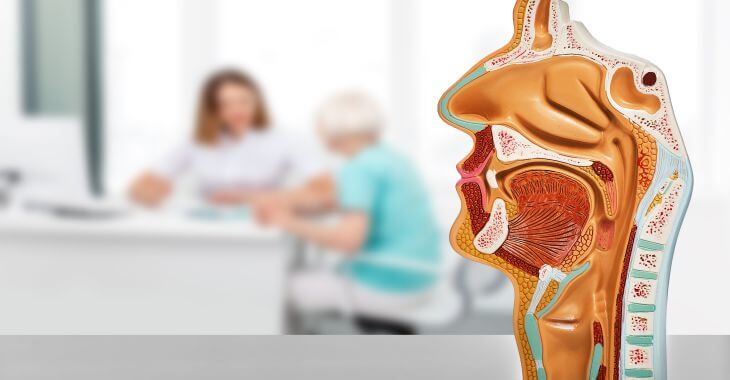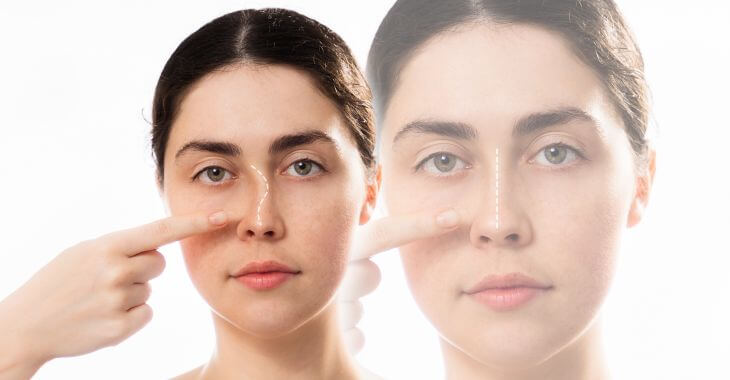Understanding Balloon Sinuplasty Recovery: What to Expect

Balloon sinuplasty is a minimally invasive procedure designed to relieve symptoms of chronic sinusitis. It offers an alternative to traditional sinus surgery. Understanding the balloon sinuplasty recovery time and what to expect can help patients prepare and manage their expectations effectively.
What is Balloon Sinuplasty?
Before delving into recovery, it is important to briefly understand what balloon sinuplasty involves. This procedure uses a small, flexible balloon catheter inserted into the sinus passageways. When inflated, the balloon restructures and opens the passages for better drainage and reduced sinusitis symptoms.
Immediate Post-Procedure: The First 24 Hours
Immediately following balloon sinuplasty, patients are typically monitored for a short period to ensure there are no immediate complications. Most patients can go home the same day, as this is an outpatient procedure. Common symptoms include:
- Mild Discomfort: Some discomfort or pressure in the sinus area is normal. Over-the-counter pain relievers are usually sufficient to manage this.
- Nasal Congestion: Expect some nasal congestion or stuffiness. This is a normal part of the healing process as the sinuses begin to adjust and drain more effectively.
- Minor Bleeding: Small amounts of nasal bleeding are common and should subside within a few days.
Patients are generally advised to rest for the first 24 hours. Strenuous activities, heavy lifting, and bending over should be avoided to prevent increased pressure in the sinus passages.
The First Week: Gradual Improvement
Most patients experience minimal pain during the first week. Over-the-counter medications like ibuprofen or acetaminophen can help manage any discomfort. It’s important to avoid aspirin, as it can increase the risk of bleeding. Following proper nasal care can minimize any discomfort, which includes:
- Nasal Irrigation: Using saline nasal sprays or rinses can help keep the nasal passages moist and aid in the healing process.
- Avoid Blowing Your Nose: To reduce the risk of disrupting the healing sinuses, patients should avoid forcefully blowing their nose for at least a week.
A follow-up appointment with the ENT specialist is usually scheduled within the first week to ensure proper healing and address any concerns. During this visit, the doctor may clean out any crusting or discharge that has accumulated in the nasal passages.
Weeks 2-4: Continued Healing and Monitoring
By the second week, many patients begin to notice significant improvements in their sinus symptoms. Breathing through the nose should become easier, and sinus pressure should decrease.
Most patients can resume normal activities, including work and light exercise, within a week or two. However, it’s important to listen to your body and avoid activities that cause discomfort or exacerbate symptoms.
During this period, patients should continue with nasal irrigation as recommended by their doctor.
They should also steer clear of smoke, strong odors and other irritants that could affect your healing sinuses.
Long-Term Recovery: The First Few Months
Complete recovery from balloon sinuplasty can take several weeks to a few months, depending on individual healing rates and the severity of the original sinus condition. Most patients achieve full recovery within three months.
Patients should continue to monitor their symptoms and communicate any concerns with their ENT specialist. Persistent symptoms or any signs of infection, such as increased pain, fever, or unusual discharge, should be reported immediately.
A final follow-up appointment is usually scheduled a few months after the procedure to ensure that the sinuses have healed properly and that the patient is experiencing the full benefits of the surgery.
Benefits of Balloon Sinuplasty
One of the main advantages of balloon sinuplasty is that it is minimally invasive, which significantly reduces recovery time compared to traditional sinus surgery. Since there is no cutting or removal of bone or tissue, the risk of complications is lower. This leads to a smoother and quicker recovery process.
For many patients, balloon sinuplasty provides long-term relief from chronic sinusitis symptoms, improving their overall quality of life.
Tips for a Smooth Recovery
Adhering to post-procedure instructions from your healthcare provider is crucial for a smooth recovery. This includes taking prescribed medications, attending follow-up appointments, and following nasal care routines.
- Stay Hydrated: Drinking plenty of fluids can help keep mucus thin and promote better drainage from the sinuses.
- Rest and Relax: Allowing your body time to rest and heal is essential. Avoid stress and give yourself permission to take it easy during the recovery period.
- Maintain a Healthy Diet: Eating a balanced diet rich in vitamins and minerals can support your immune system and aid in the healing process.
Balloon sinuplasty recovery time varies from patient to patient, but most experience significant improvements within a few weeks and complete recovery within a few months.

By understanding what to expect and following post-procedure care instructions, patients can ensure a successful recovery, leading to long-term relief from chronic sinusitis symptoms. If you have any concerns or questions about your recovery process, always consult with your doctor.
The information provided on this website, including text, graphics, images, and other materials, is intended solely for informational purposes and should not be used as a substitute for professional medical advice, diagnosis, or treatment.




)